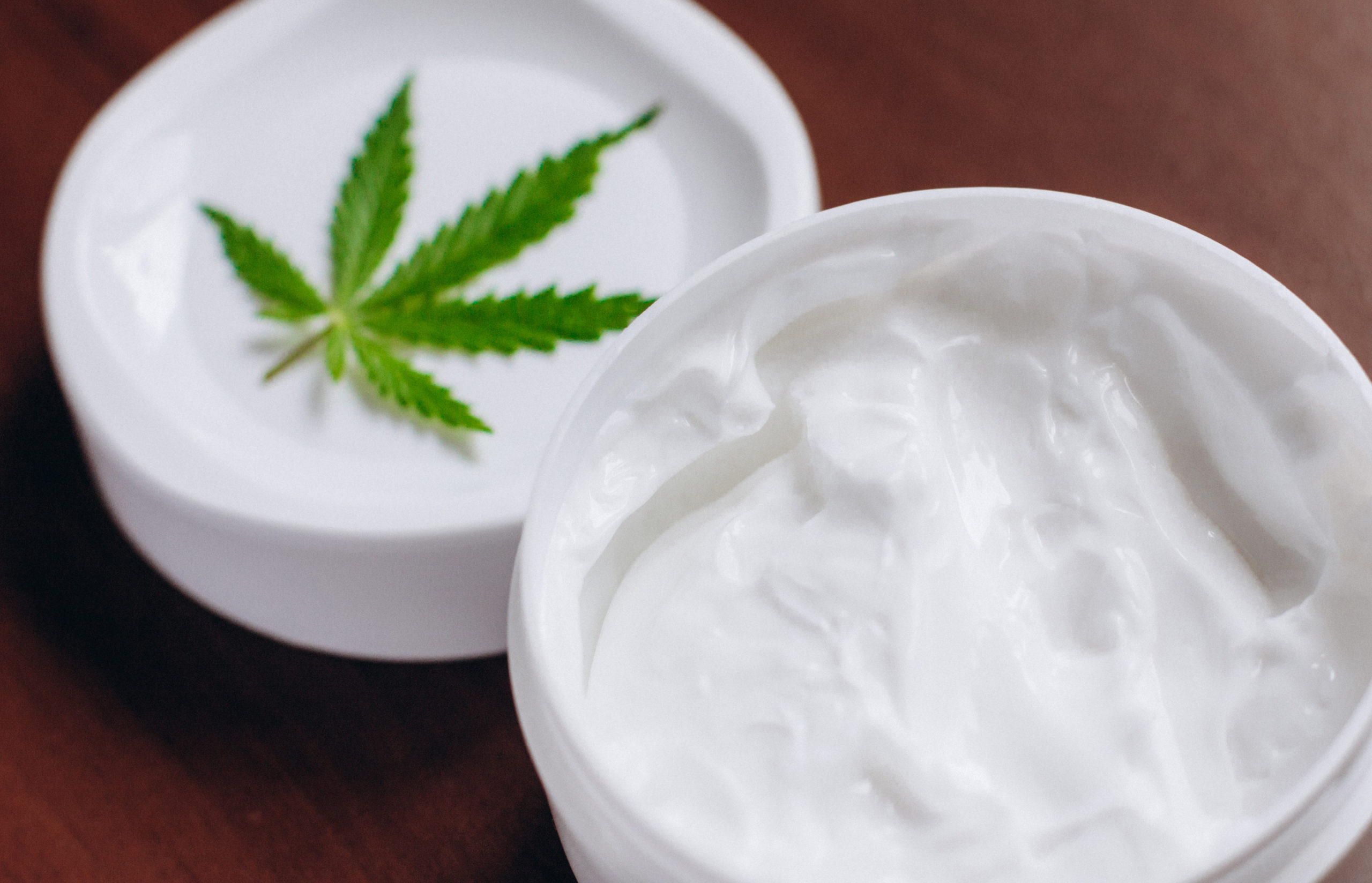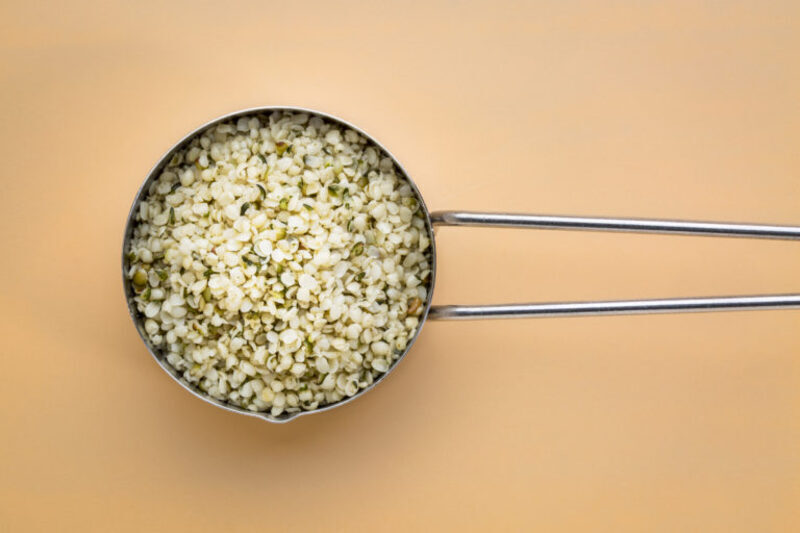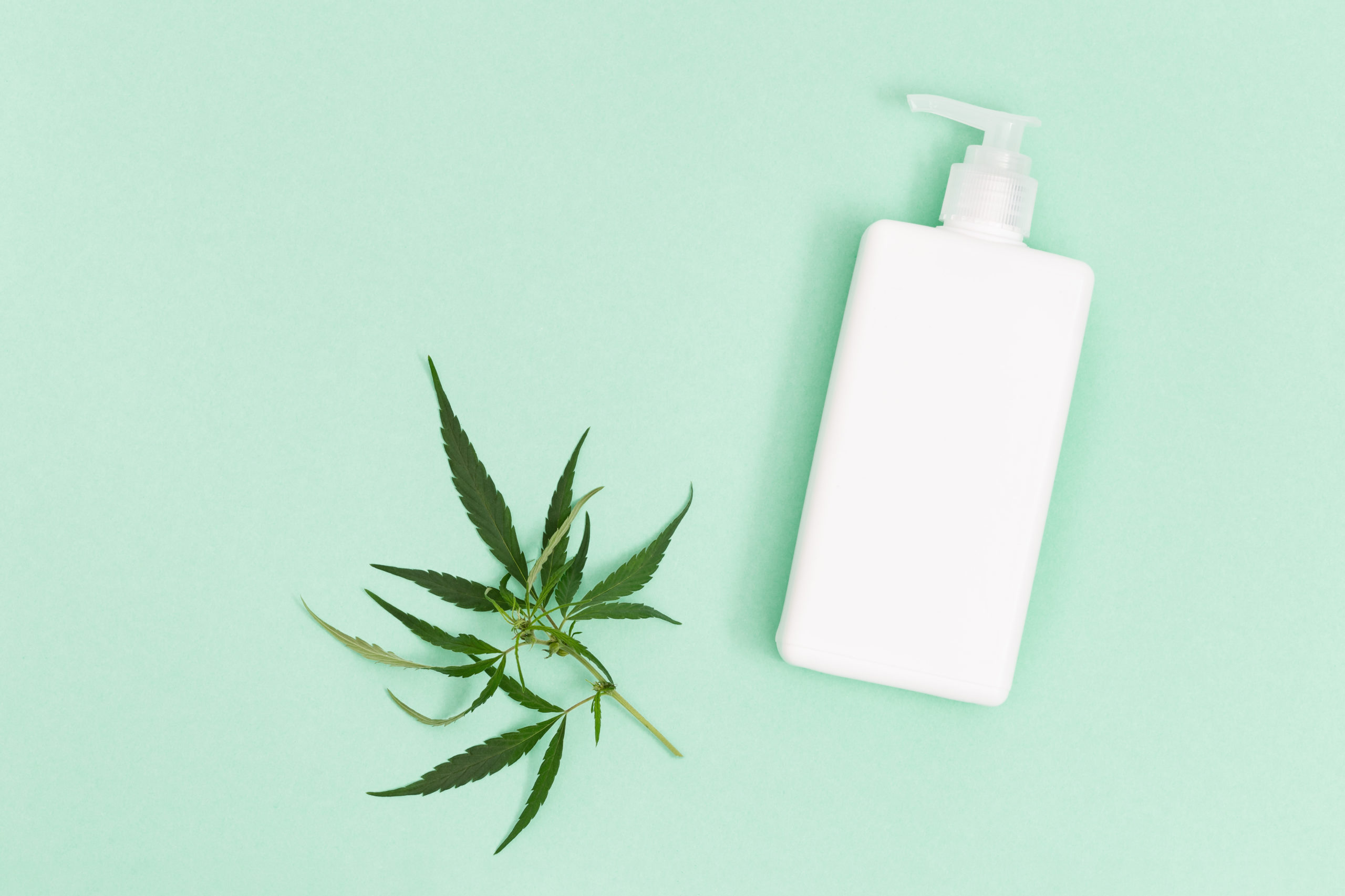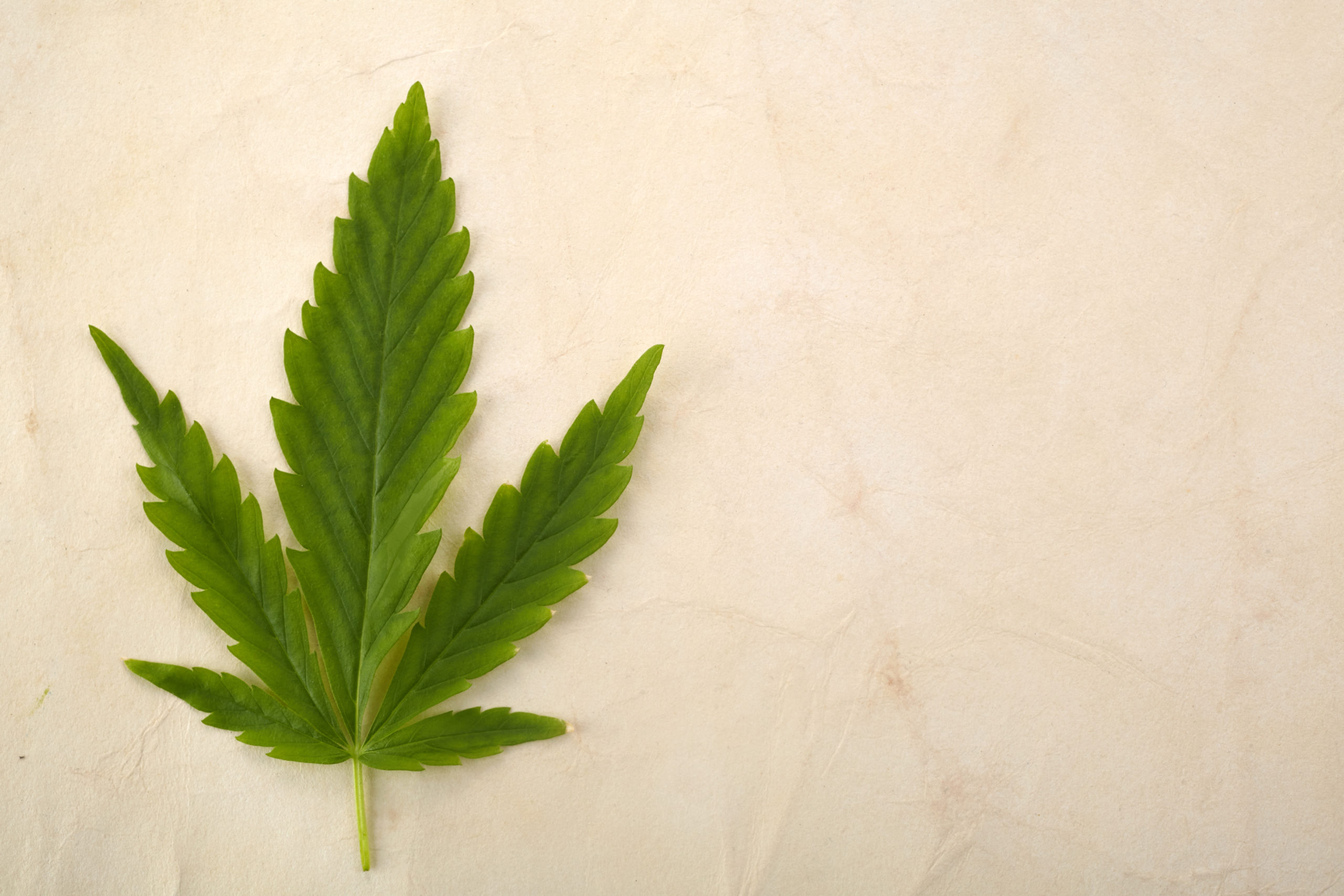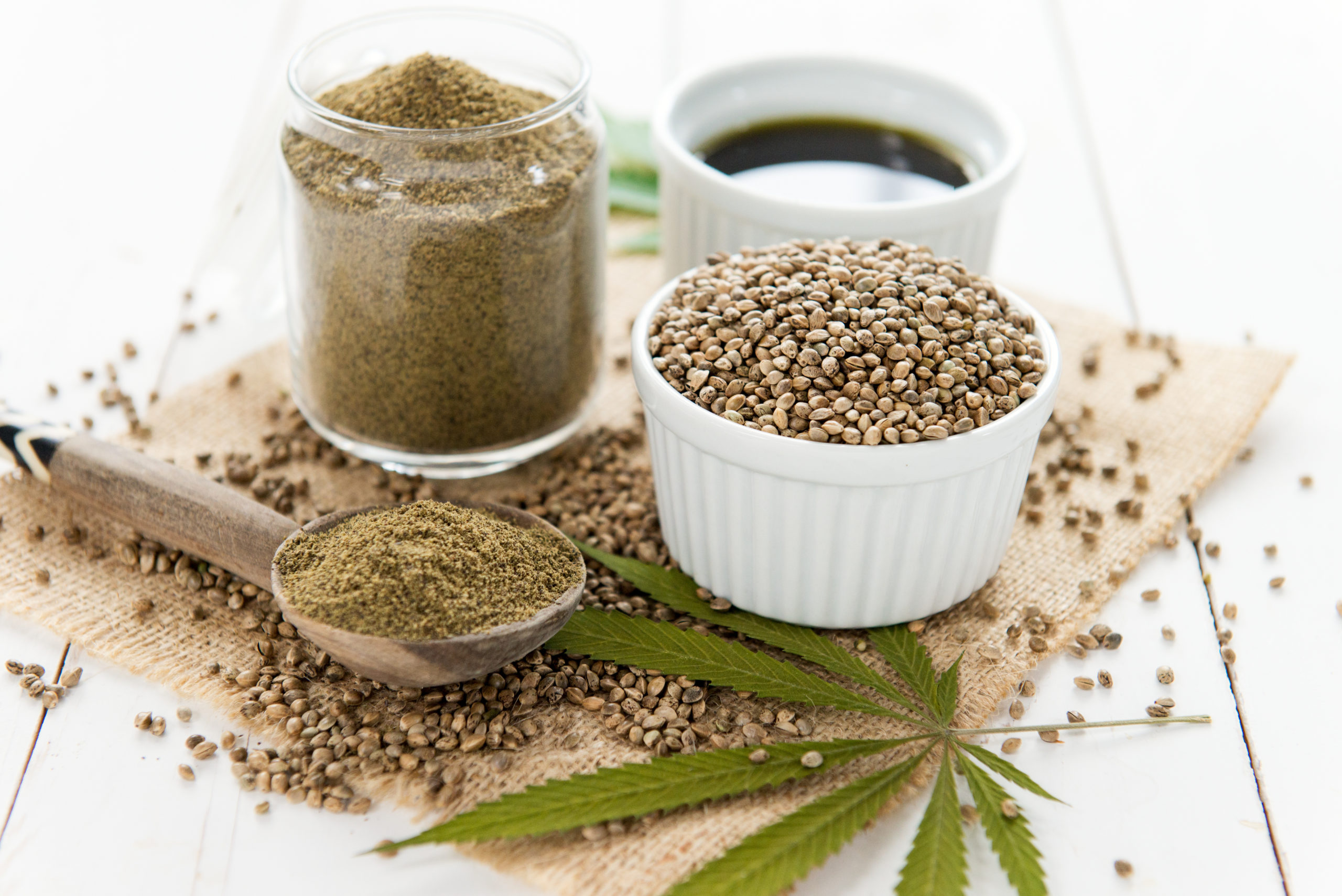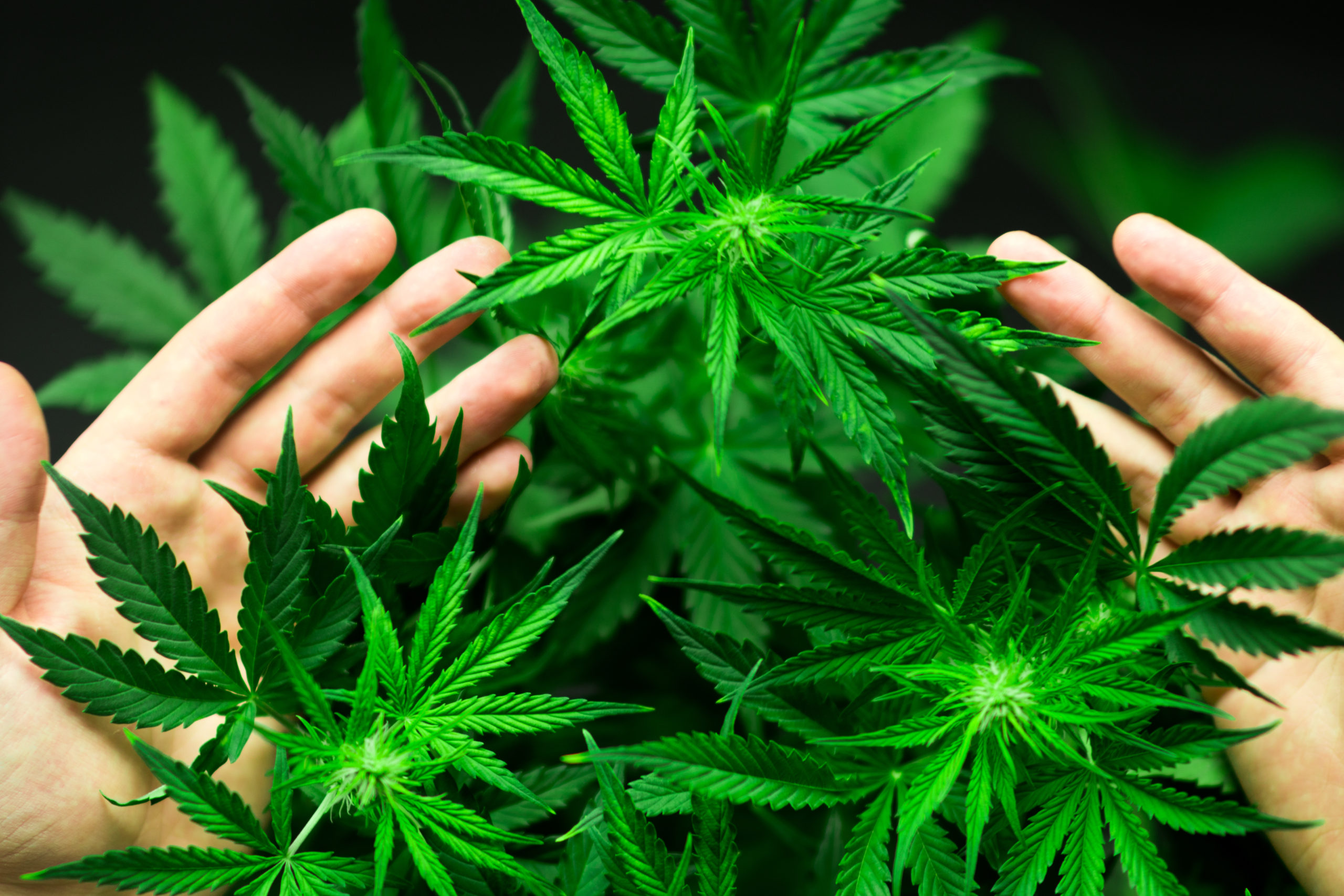-
- Market Research
- |
- CBD Near Me
- |
- Giveaways
- |
- Newsletter
- |
- Contact
- |
- Advertise
- |
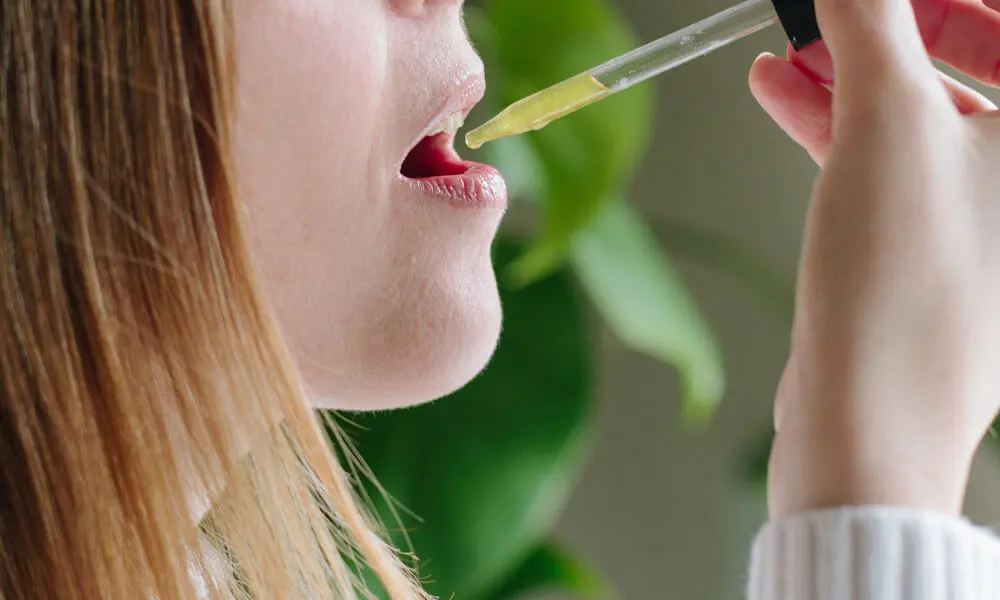
Even before they spiked in popularity, supplements like protein powder, turmeric, and even BCAA drinks were easy for consumers to grasp mentally, but what is CBD?
For non-cannabis users especially, CBD is a contextually devoid jumble of letters that landed (rather hard) on the supplement scene with little warning.
We’ve wanted for a while now to create an informational resource catered to day-one beginners in the world of CBD, so here is your all-in-one guide.
We’ll review what CBD is, how it may help certain medical conditions, whether or not it’s safe, and everything else you need to know to form a basic understanding and try the supplement for yourself.
What is CBD: Table of Contents
What Is CBD?
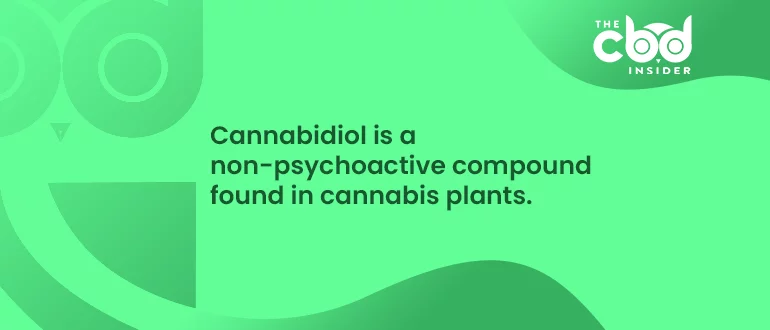
Cannabidiol is a compound native to cannabis plants; it belongs to a class of similar compounds known collectively as cannabinoids.
More than a hundred of these compounds have been identified within cannabis plants, but CBD and THC (tetrahydrocannabinol) are by far the two most thoroughly investigated cannabinoids because of their abundance and therapeutic potential.
Speaking of CBD and THC, it’s important to preempt the common misconceptions involving the difference between hemp and marijuana early on.
The Difference Between Hemp and Marijuana
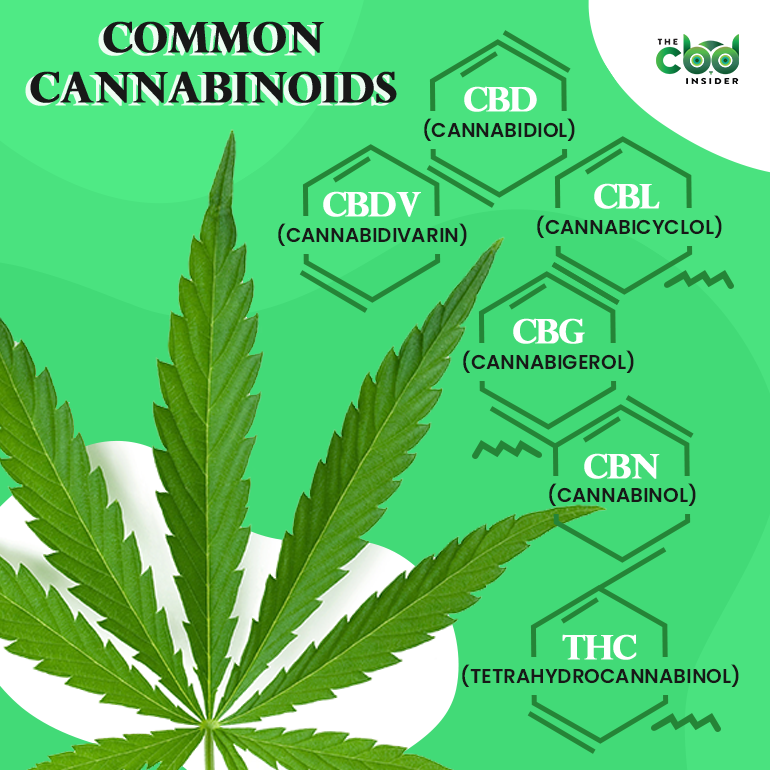
The terms “hemp” and “marijuana” are not exclusive to any species of cannabis plant, of which three have been identified: cannabis sativa, cannabis indica, and cannabis ruderalis.
Hemp refers to cannabis plants of any species or subspecies that contain, according to the federal government’s classification of “industrial hemp,” less than 0.3% of THC.
Marijuana exists on the other side of that 0.3% threshold; THC is the determinant when making this distinction between hemp and marijuana, not plant species.
Because THC is responsible for the psychoactive effects associated with marijuana, and because legal CBD products contain a negligible amount of THC, marijuana will elicit a “high” while CBD products will not.
Basic CBD Characteristics
Compounds called terpenes and neighboring cannabinoids will help, but CBD alone (as in, an isolate) will still present an earthy, “grassy” flavor.
Concerning abundance, high-CBD strains of cannabis plants can contain double-digit percentages of CBD by dry weight—sometimes as much as eighteen percent or more—which is impressive considering the sheer number of cannabinoids accompanying it.
We’ve already mentioned that CBD is labeled as a non-psychoactive substance, but it still has very subtle mood-regulating effects, which is why some researchers want to challenge this label—many sources prefer to settle on the term “non-intoxicating.”
Of less debatability (though certainly not without it) is the growing list of potential health benefits associated with this hemp-derived supplement that researchers are diligently building upon all the time.
What is CBD currently being investigated for in terms of health benefits?
Properly answering this question requires a bit of research.
What Are the Benefits of CBD?
Simply rattling off every purported CBD health benefit won’t instill a deep understanding of how it actually works, which is why we must at least mention the basic neuroscience first.
Like many other species, humans are equipped with a set of receptor cells that respond to CBD-like compounds our bodies already produce— together, these receptors and compounds are called the endocannabinoid system (ECS).
The two types of nerve cells in the ECS, labeled CB1 and CB2, are responsible for many of cannabidiol’s purported health benefits.
Like the body’s naturally produced cannabinoids, CBD interacts with CB1 and CB2, which prompts our cells to regulate inflammation, pain, mood, and more benefits covered below.
CBD research has also identified that this supplement can interact with receptors outside the ECS, which helps to expand its potential in many of the following areas:
- Mood
- Pain (nerve pain and chronic)
- Inflammation
- Other immune responses
- Anxiety
- Depression
- Sleep
- Bone health
- Skin health
Anxiety
It’s our first example, and we already have to mention non-ECS-related interactions—a testament to the far-reaching and still vastly unexplored potential of this supplement.
In this case series authored by University of Colorado and other Colorado-based research facilities, CBD was shown in multiple instances of research to promote anxiety-fighting effects through interaction with 5-HT1A receptors, though “the mechanism of action by which CBD decreases anxiety is still unclear.”
The research community does know that 5-HT1A receptors produce serotonin, and even though psychologists have largely agreed to move on from the oversimplified serotonin theory of depression and anxiety, few deny that serotonin deficiency is at least partially responsible for these mental health issues.
Further research findings continue to refine our knowledge of CBD’s effects on specific types of anxiety, as did this New York University School of Medicine finding through its mention of CBD’s ability to reduce “anxiety associated with a simulated public speaking test” and “the presumed anticipatory anxiety associated with undergoing (an) … imaging procedure.”
In other words, the current body of research more readily defends CBD as an acutely effective deterrent to specific forms of social anxiety.
What is CBD’s specific action at these 5-HT1A receptors, and how can we tweak formulations to enhance this action?
Only more research will tell.
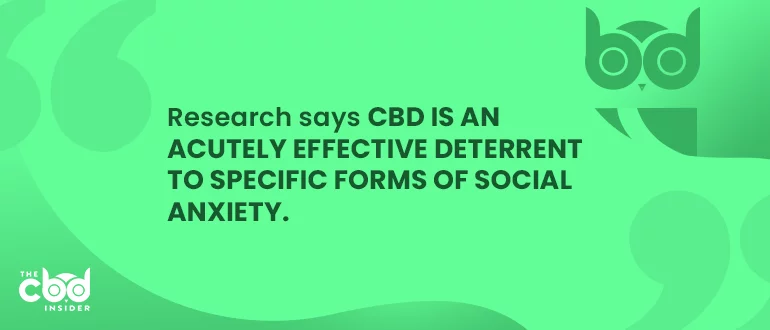
Pain
Even though it may be the chief diagnostic criterion in a broad classification of disorders, pain is an alarm system—not a pathogenic process in itself (with rare exceptions).
As such, we need to be more specific in terms of how CBD interferes with injury- or disease-specific pain mechanisms if we’re to accurately glean its potential in this area.
This study from the National Institute on Drug Abuse, University of Pittsburgh School of Medicine, and Johns Hopkins University describes how CBD “significantly attenuated mechanical pain hypersensitivity” after it was given to rats who had suffered a lumbar spinal nerve injury.
This cracked the door a little wider regarding CBD’s potential as a neuropathic pain treatment, which the study proposed has to do with its stimulation of specialized cells called glycine receptors.
In more general cases of chronic pain, researchers now know that endocannabinoid receptors are found abundantly in a group of sensory spinal nerves known as the dorsal root ganglion, which are responsible for transmitting pain and other sensations.
Activating these receptors not only helps to attack pain directly at the source, says this University of Belgrade study, but it can activate “crosstalk” between the CB1/CB2 receptors and nearby pain-moderating structures called transient receptor potential (TRP) channels, which increases CBD’s potency as an analgesic supplement.
Inflammation
However commercially convenient it may be to present inflammation as a monolith, the landscape is very similar to pain in this case; inflammation uses many cell-signaling pathways and results from many, many pathological processes.
Cannabidiol appears to intervene most potently via the suppression of a class of inflammation-causing proteins called cytokines.
According to this Medical University of Bialystok (Poland) study, CBD has been shown to combat this aspect of the immune response in a safe, linear fashion.
When the level of cytokines rises in our tissues, our cells respond by upregulating CB1 and CB2, meaning they increase the number of available CB1/CB2 receptor sites as a way to take in more cannabinoid neurotransmitters and fight back the tide of cytokines more effectively.
Seizures
As we’ll briefly cover below, the lack of federal regulation in the CBD supplement market has left brands and consumers in a bit of a deadlock, but not in the case of epilepsy disorders.
In 2018, the FDA officially approved a CBD-based medication known as Epidiolex for two types of epilepsy disorders primarily affecting children and young adults: Lennox-Gastaut syndrome (LGS) and Dravet syndrome.
We invite anyone new to CBD to peruse the FDA prescribing information for Epidiolex, where clinical trial reports and studies, drug safety, potential drug interactions, and other helpful information can be found.
Findings like this Italian Ministry of Health study suggest cannabidiol’s interaction with transient receptor potential channels mentioned above (TRPV, or transient receptor channel vanilloid, is known to moderate seizure activity) as the mechanism responsible for its anti-convulsant effects.
Spasticity
When paired with its neuropathic pain treatment potential mentioned above, CBD’s added potential as a spasticity treatment has positioned the supplement in a very favorable light as far as multiple sclerosis patients are concerned.
Rats with induced MS-like spasticity in this University College London study showed statistically significant decreases in this symptom after being given CB1 and CB2 agonists, but the researchers found a caveat.
In CB1-deficient rats, none of the CB1 or CB2 agonists helped, meaning that CB1 is responsible for the benefit and CB2 agonists can only help via crosstalk.
Further studies have confirmed these results, and regulated or not, many MS patients are already managing their spasticity with cannabidiol.
Nausea
Finally, we approach the semi-nuanced issue of CBD for nausea.
This University of Guelph (Ontario) study explains that activating CB1 suppresses vomiting, and deactivating it via a CB1 antagonist will induce vomiting.
This compound is neither a true agonist nor an antagonist at the CB1 receptor, so what is CBD doing on a neurochemical level that helps in this regard?
By binding to CB1 receptors at a different receptor site than true antagonists, CBD actually changes the shape of the receptor itself, preventing nausea-promoting CB1 antagonists from reaping their full effects because they can’t bind to the receptor as efficiently.
This gives CBD anti-nausea abilities when CB1 agonists are also administered, and yet, it seems to impart these effects even without CB1 agonist coadministration.
The leading theory at this time involves the 5-HT1A serotonin receptors that CBD interacts with
to address anxiety symptoms; these cells have a role in suppressing nausea as well.
Is CBD Safe?
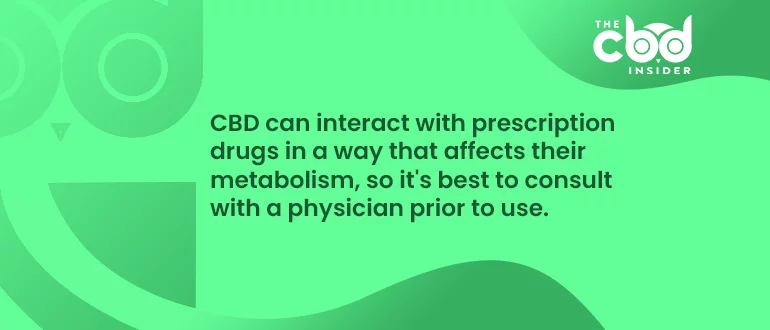
It’s common to see anywhere between zero and ten percent of clinical trial participants reportedly excluded from trials because of adverse initial reactions to cannabidiol.
In the vast majority of these cases, adverse reactions are minor, and take the following forms:
- Nausea
- Diarrhea
- Excessive sleepiness
- Dizziness
- Appetite changes
The prospect of an overdose is virtually impossible, since CBD is non-intoxicating, but taking more than the recommended amount may increase the risk of experiencing one or more of the above side effects.
However, the prospect of a harmful drug interaction is a much more realistic one for CBD users on certain medications who do not consult their physicians prior to starting the supplement.
We’ve gone into greater detail regarding CBD drug interactions before, but in summary, CBD can affect the metabolism of common antihistamines, beta blockers, SSRIs, and many other kinds of medications.
What is CBD doing exactly to affect this metabolism?
The answer has to do with the suppression of specialized liver enzymes intended to break down the above medications.
For all these reasons, it’s vital that anyone considering CBD should thoroughly research brands and determine their own eligibility for CBD usage per above.
It always helps to see U.S Hemp Authority certification, USDA organic certification, and/or a third-party lab certificate of analysis when looking for a safety-conscious, trustworthy brand.
How Do I Use CBD?
Cannabidiol can be orally ingested (oil, gummy, capsule), smoked or vaporized, applied to the skin, and less commonly, taken intravenously.
CBD Oil
In the case of CBD oil, the bottle your product comes in will most often have a dropper lid for easy application—simply measure your dose and consume the drops orally or sublingually.
If you wish to mask the taste or enhance absorption and metabolism of CBD, you can infuse “fat-loving” CBD oil into food, as with CBD-infused olive oil, or simply mix it into a dish.
Here’s a list of the best CBD oil our team has found.
Edible CBD
Gummies and other edibles are as straightforward as they sound, as are capsules.
Consuming CBD edibles around mealtime will confer the same metabolism and absorption-related benefits that mixing it into food does, thanks to the supplement’s affinity for fat cells.
Here are some of our favorite CBD gummies.
Smoked or Vaporized CBD
Anyone who prefers to smoke or vaporize CBD can choose between various strains of hemp-derived CBD flower strains and CBD vape juice or oil.
Measuring doses can be a bit trickier when taking the CBD flower route, but a system of timing inhalations and/or counting puffs is better than nothing.
In terms of CBD vape juice, e-liquids, and so on, you can use the capacity of your vaporizer and/or the reported amount and concentration of your purchase to at least eyeball how many milligrams of CBD you have vaped as you go along.
For example, if one milliliter of your liquid contains five milligrams of CBD, then your three-milliliter vape pen will provide fifteen total milligrams of CBD when full.
Topical CBD
Finally, for potent and localized treatment of pain, inflammation, and skin integrity issues, topical CBD offers an opportunity to treat specific problem areas.
For example, some people use it for poorly healing surgical incisions or scars, arthritic joints, or sore muscles.
CBD content is reported on each tub, but this form is also difficult to measure dosage-wise because of how it is applied.
Creams and balms are a great way to get started with CBD, so here’s a list of the best CBD topicals.
Where Can I Find CBD?
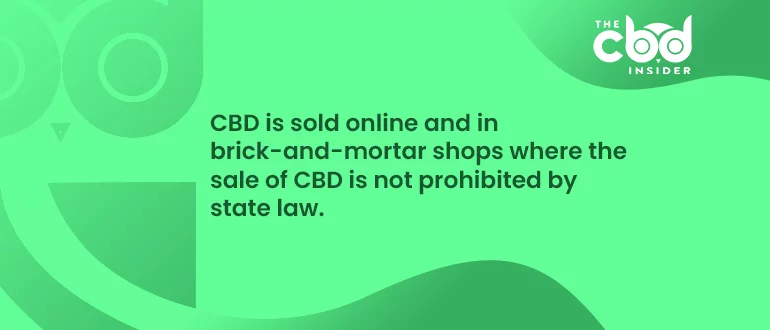
Where (or if) you can find CBD depends on where you live, since it’s not technically legal in every state.
As of the 2018 Farm Bill, hemp-derived products containing less than 0.3% THC were federally legalized, but both the FDA and state legislators have the power to place restrictions surrounding the promotion and sale of products containing CBD.
The FDA, for example, is currently prohibiting the use of CBD in food products and beverages, and will continue to do so until they have a system in place to approve and regulate these products.
Some states permit sellers to market CBD as a food product and/or supplement, some states prohibit CBD outright, and a large number of others have yet to define their standing in this area.
That said, if CBD shops are permitted in your state, you’re bound to see shops popping up in your area as the industry continues to grow.
Thanks to federal legalization of industrial hemp, you can also buy some of the best CBD oils online.
However and wherever you decide to buy, seeking out and sharing the above information will help to move the industry in a positive direction.


